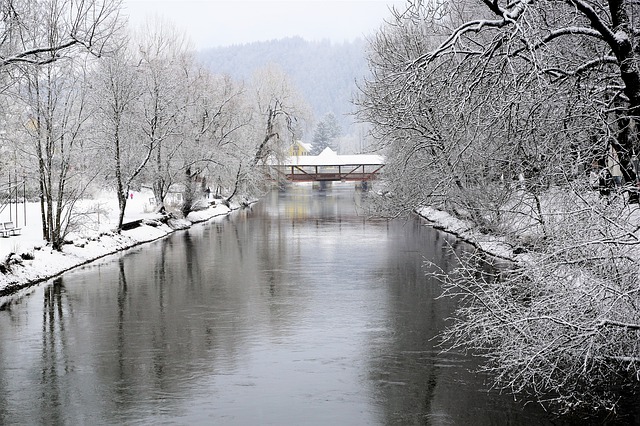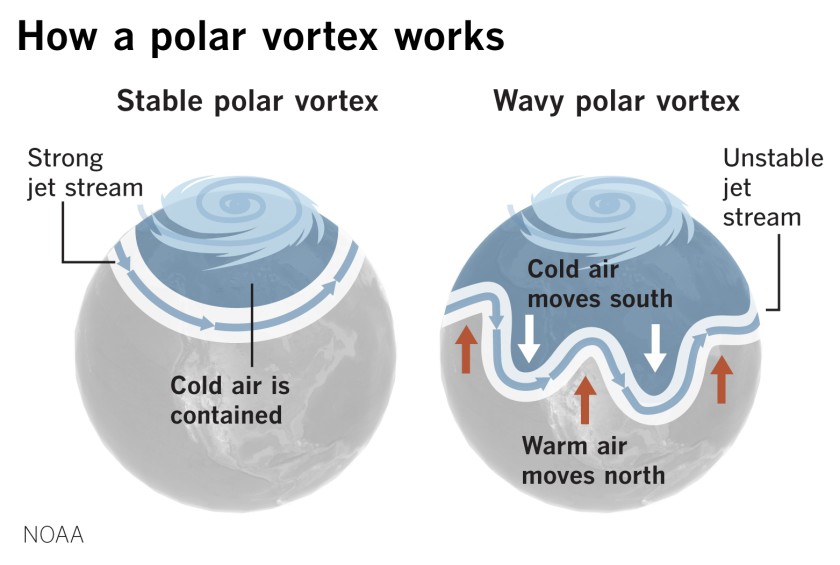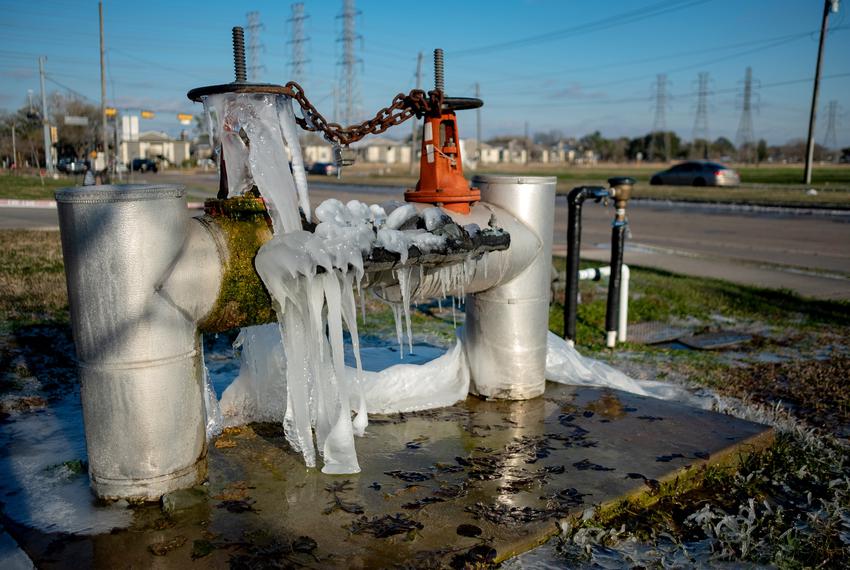 Imagine having to weather a frigid snowstorm without power. This is the reality for nearly 4.3 million residents across the U.S. state of Texas where temperatures have plunged to -12 degrees Fahrenheit!
Imagine having to weather a frigid snowstorm without power. This is the reality for nearly 4.3 million residents across the U.S. state of Texas where temperatures have plunged to -12 degrees Fahrenheit!
These record-low temperatures and high snowfall have brought power companies to their knees. As people cranked up the heat in their homes, the sudden demand led to outages. This demand combined with equipment failures and a shortage of fuel has worsened the situation in Texas.
From Oregon to Oklahoma, and up the U.S. East Coast, the cold blast of Arctic air has been wreaking havoc. Turns out meteorologists were expecting this to happen but did not know exactly when. They had been observing strange changes in wind patterns high up in the atmosphere. Let's find out more.
The Culprit: Polar Winds!
 Every winter, a strong wind pattern takes shape about 10-30 miles above the North and South poles. These winds, known as polar vortices, blow from west to east in a circular manner.
Every winter, a strong wind pattern takes shape about 10-30 miles above the North and South poles. These winds, known as polar vortices, blow from west to east in a circular manner.
Since they appear in the stratosphere (upper atmosphere), they are also known as the stratospheric polar vortex. The temperatures within a polar vortex can get as cold as minus 110 degrees F!
Right below the stratosphere, in the lower atmosphere (also known as the troposphere), there is another wind pattern. Known as jet streams, these winds form because the Earth's atmosphere is not heated equally by the Sun. Jet streams flow from west to east and bring different weather patterns on Earth.
Usually, the polar vortices and the jet streams flow along smoothly in tight circles, trapping cold air near the poles.
However, a few times each decade, the polar vortex weakens or even reverses direction. This causes sudden warming of the stratosphere and pushes the cold winds in the polar vortex into the lower layers. As a result, the jet streams in the lower atmosphere lose their circular shape -- and when jet streams become wavy, they start spreading frigid Arctic air much further south.
What Happened In Texas?
 In January of this year, meteorologists noticed that the polar vortex had been knocked away from the north pole to over Europe and Asia. It was only a matter of time before the jet streams would be affected.
In January of this year, meteorologists noticed that the polar vortex had been knocked away from the north pole to over Europe and Asia. It was only a matter of time before the jet streams would be affected.
The recent winter storm has blanketed most of the U.S., bringing intense snow, knocking down power lines, and causing water pipes to burst.
Usually, power companies have to comply with federal rules - one of which is to protect power generation equipment from extremely cold temperatures. However, in Texas, there is no protection for sensitive equipment because such events are rare for the state. In addition, because the state has chosen to run its own power grid, it cannot get power from neighboring states.
With another storm on its way, perhaps it is time for Texas to invest in upgrading its power infrastructure. And for people who are waiting for power to be restored, the wait might be longer.
Source: Metoffice.gov.uk, NY Times, Washington Post, VOA, Weather.com. EarthSky.org








